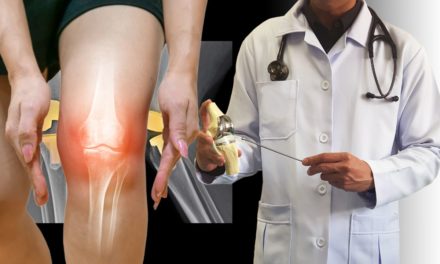Introduction
Myositis is a group of rare and chronic inflammatory muscle diseases that affect the muscles and sometimes the skin. It is characterized by muscle inflammation, weakness, and, in some cases, skin rashes. Myositis can vary in severity and can cause significant challenges in daily activities. Understanding the nature of myositis, its possible causes, symptoms, and available treatment options is critical to effectively managing the condition. In this comprehensive article, we will review myositis, its different forms, symptoms, and treatment options available to help myositis sufferers lead more comfortable and active lives.
Nature of myositis
Myositis is an autoimmune disorder, which means the body’s immune system mistakenly attacks its own healthy tissue, causing muscle inflammation. The exact cause of myositis is still not fully understood, but is believed to involve a combination of genetic and environmental factors. Myositis can be classified into several forms, including dermatomyositis, polymyositis, inclusion body myositis, and juvenile myositis.
Possible Causes of Myositis
The exact cause of myositis is still unknown, but certain factors can increase the risk of developing the condition:
- Autoimmune response: Myositis is considered an autoimmune disease, where the immune system attacks muscle tissue.
- Genetic predisposition: Some individuals may have a genetic predisposition to developing myositis.
- Environmental triggers: Exposure to certain infections or environmental factors may play a role in triggering myositis in susceptible individuals.
Symptoms of Myositis
Myositis can present with different symptoms, depending on the specific form of the disease:
- Muscle weakness: Progressive muscle weakness, making it difficult to perform everyday tasks.
- Muscle pain: Muscle pain or tenderness is common, especially during muscle use.
- Skin changes: In dermatomyositis, skin rashes may appear, usually on the face, neck, chest, back, and hands.
- Fatigue: Constant fatigue and low energy levels are often experienced.
- Difficulty swallowing: Inclusion body myositis can cause difficulty swallowing due to muscle involvement.
Effective treatment methods
Treatment for myositis is aimed at controlling inflammation, managing symptoms, and improving muscle function. Common methods include:
- Corticosteroids: High-dose corticosteroids are often prescribed to reduce inflammation and suppress the immune system.
- Immunosuppressive drugs: Other drugs that suppress the immune response, such as methotrexate or azathioprine, may be used in combination with corticosteroids.
- Physical therapy: A physical therapist can create an exercise program to improve muscle strength and flexibility.
- Supportive care: Occupational therapy and assistive devices can help manage daily activities affected by muscle weakness.
- Skin protection: Sun protection and topical medications may be prescribed for people with dermatomyositis to manage skin symptoms.
- Intravenous immunoglobulin (IVIg): IVIg therapy may be used in some cases to help regulate the immune system.
Regular monitoring and support
Myositis is a chronic condition that requires continuous management. Regular follow-up with health care professionals and specialists is essential to monitor disease progression and adjust the treatment plan as needed. Additionally, joining support groups or seeking counseling can provide emotional support and help individuals cope with the challenges of living with myositis.
Result
Myositis is a rare and complex group of inflammatory muscle diseases that can significantly affect an individual’s quality of life. Understanding the nature of myositis, its possible causes, and available treatment options empowers myositis sufferers to effectively manage the condition. Early diagnosis, prompt treatment, and regular monitoring are essential to manage the disease and improve muscle function. With the right approach and support, myositis sufferers can live full and active lives despite the challenges the condition presents.










